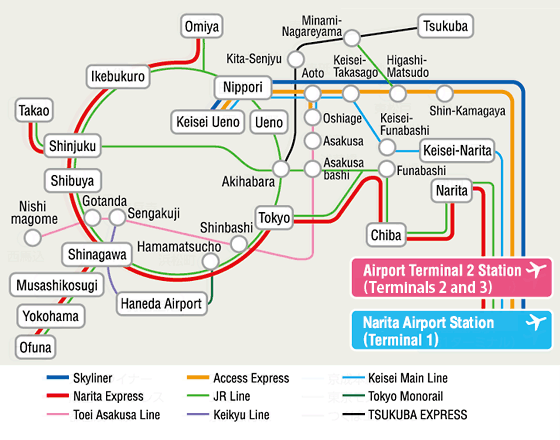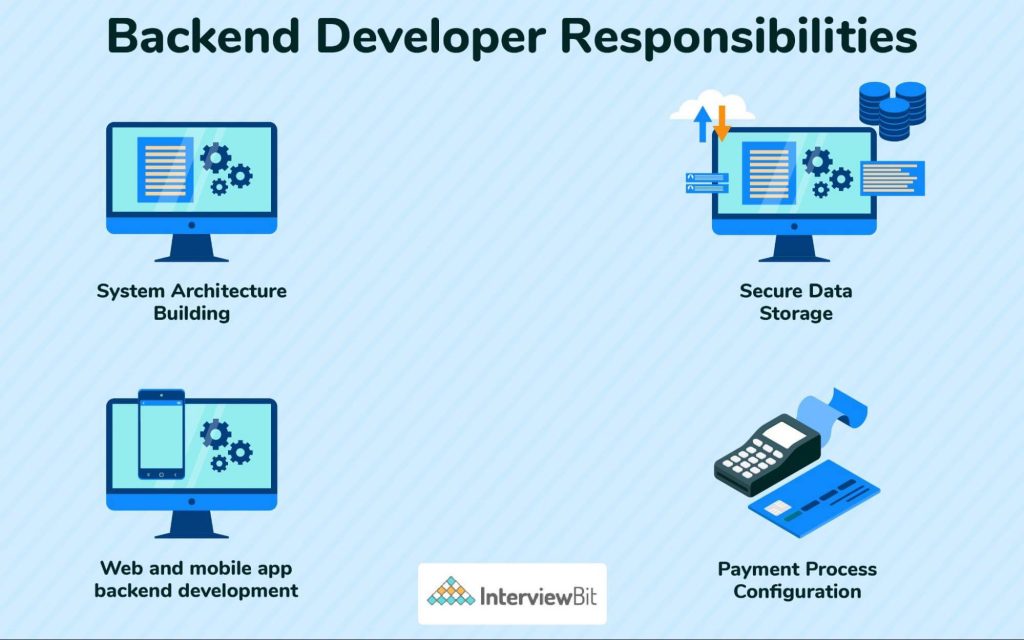COVID-19 Test and Entry Requirements
As of July 2022, all foreigners visiting Japan must have a visa in advance due to the suspension of visa waivers. Visitors must also show proof of a negative COVID-19 test taken within 72 hours of departure to their port of entry in Japan. Failure to meet these entry requirements will likely result in denied boarding or entry into the country. It is recommended to confirm all current COVID-19 and visa requirements with the nearest Japanese embassy or consulate before booking and taking international flights.

Choosing the Right Airport and Planning Ahead
Travelers should carefully consider their point of origin and destination airports when booking flights to and from Tokyo. Although it may seem more convenient initially, booking a flight that requires a transfer between Haneda and Narita International Airports carries significant risks. Even domestic transfers within Japan currently involve lengthy delays for additional health screening that have caused many passengers to miss connecting flights. It is strongly advised to book direct flights that avoid any need to switch airports entirely to minimize issues. Proper planning, by obtaining the necessary visa and COVID-19 test well in advance, is also critical for a smooth trip.
Transportation Options for Airport Transfers
For those unable to book direct flights, the most time-efficient option for transferring between Haneda and Narita is the Airport Limousine Bus. This non-stop bus service takes approximately 90 minutes and avoids the hassle of navigating train stations with luggage. The bus is also more direct and comfortable compared to train transfers requiring multiple stops and transfers. Alternately, the Keisei Skyliner Express Train provides service between Narita Airport and Nippori Station in Tokyo, from where the Tokyo Monorail can be taken to Hamamatsucho Station to transfer to the Tokyo Monorail towards Haneda Airport. This journey takes about 2 hours and 24 minutes including transfers between train lines. Direct train service between the two airports does not exist, so the bus is typically preferable for airport transfers.
Necessary Documents and Additional Requirements
In addition to valid visas and proof of a negative COVID-19 test, all visitors to Japan must complete an extensive online quarantine questionnaire within 72 hours of travel. This digital form asks for detailed travel history, contact details in Japan, health status and planned activities. It is mandatory and the confirmation must be shown to authorities on arrival. Visitors are also encouraged to download and register with Japan’s contact tracing app, COCOA, to notify authorities immediately if exposed to COVID-19. Hotels and transportation may also require confirmation of address and travel plans in advance. Those without an accepting person in Japan will have difficulty obtaining the necessary visa or facing entry denial at the airport. Careful coordination and planning are a must for smooth travel during current pandemic conditions.
Current Entry Process at Airports
Upon arrival at either Haneda or Narita International Airport, all passengers must undergo a health screening including visual checks for symptoms and temperature measurements using thermal cameras before proceeding further. Depending on findings, some individuals may be required to take a PCR or antigen test on arrival. Passengers are then required to show their Certificate of Testing, visa, and quarantine questionnaires before proceeding further. Delays of a few hours for health screening and immigration clearances are common lately due to staffing shortages from rising case numbers both locally and globally. Visa holders must also have approved accommodation reservations at government-approved facilities for their self-quarantine periods of up to 7 days which may be extended if testing positive.
Self-Quarantine Requirements
Regardless of vaccination or past infection status, all visitors to Japan, including those on short trips, must self-quarantine for 3 days after entry. This involves restricting activities to the booked accommodation premises and minimizing contact with others. It is possible to shorten this period to zero days for some fully-vaccinated travelers by submitting an Extra Early Authorization Request. However, any symptoms require getting tested and extending quarantine until a negative test result. At present, booster doses are not accepted for vaccination status updates. Staying at a government-approved quarantine hotel with separate ventilation and food delivery systems aids keeping others safe during the required post-entry self-isolation period.
Conclusion
Traveling to Japan remains a challenging prospect requiring meticulous advanced planning due to ongoing COVID-19 mitigation efforts. However, abiding by entry rules will allow enjoying all the country has to offer safely. While direct flights to main gateways are preferable, airport limousine buses offer a reliable option for transfers. Perseverance, patience and flexibility are key for smoother transit given potential delays and changing regulations. Regular monitoring of guidance from Japanese authorities aids trip preparation. With proper precautions and documentation in order, international travel can continue supporting tourism recovery.

 Cracking the Amazon Interview Process
Cracking the Amazon Interview Process